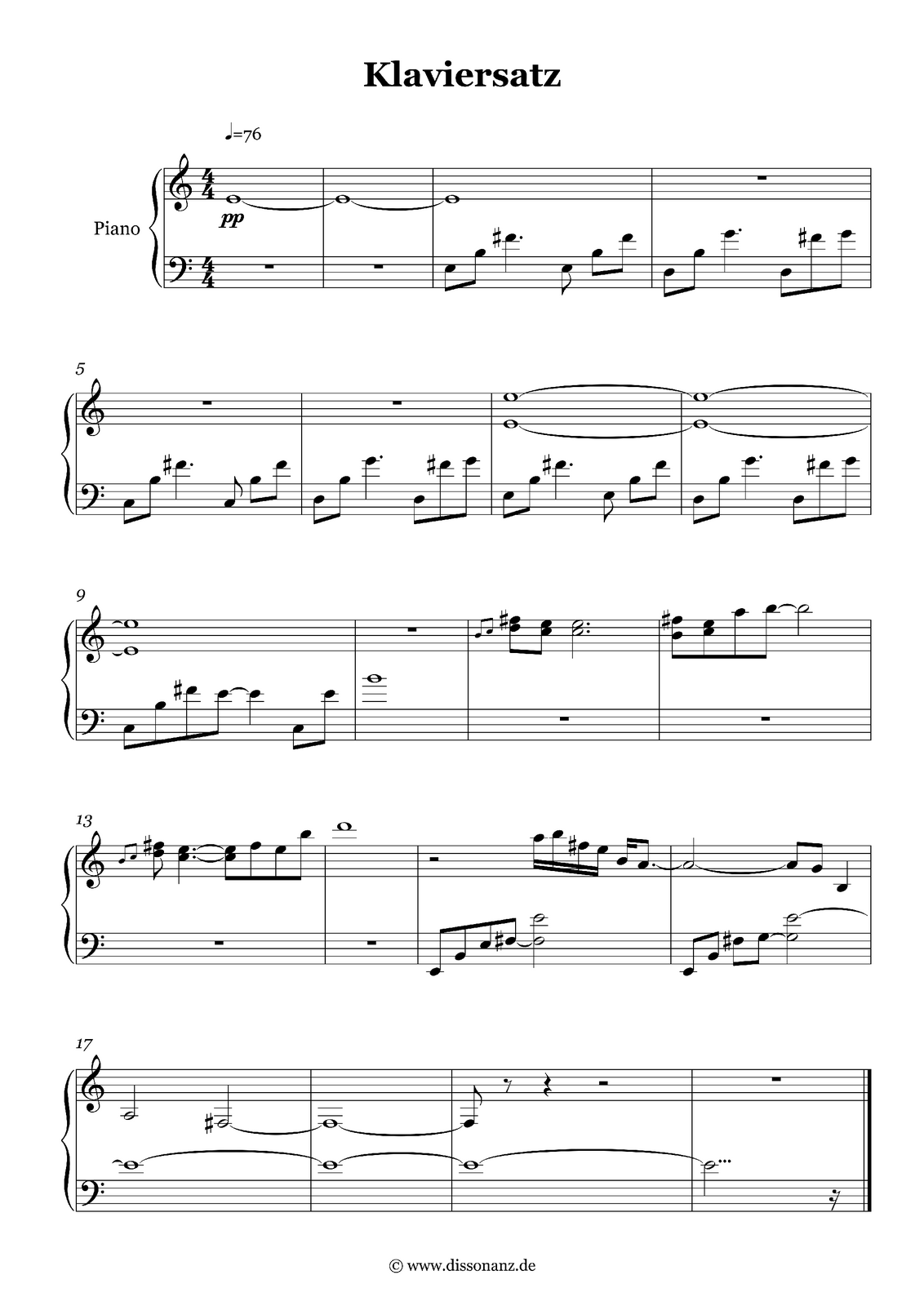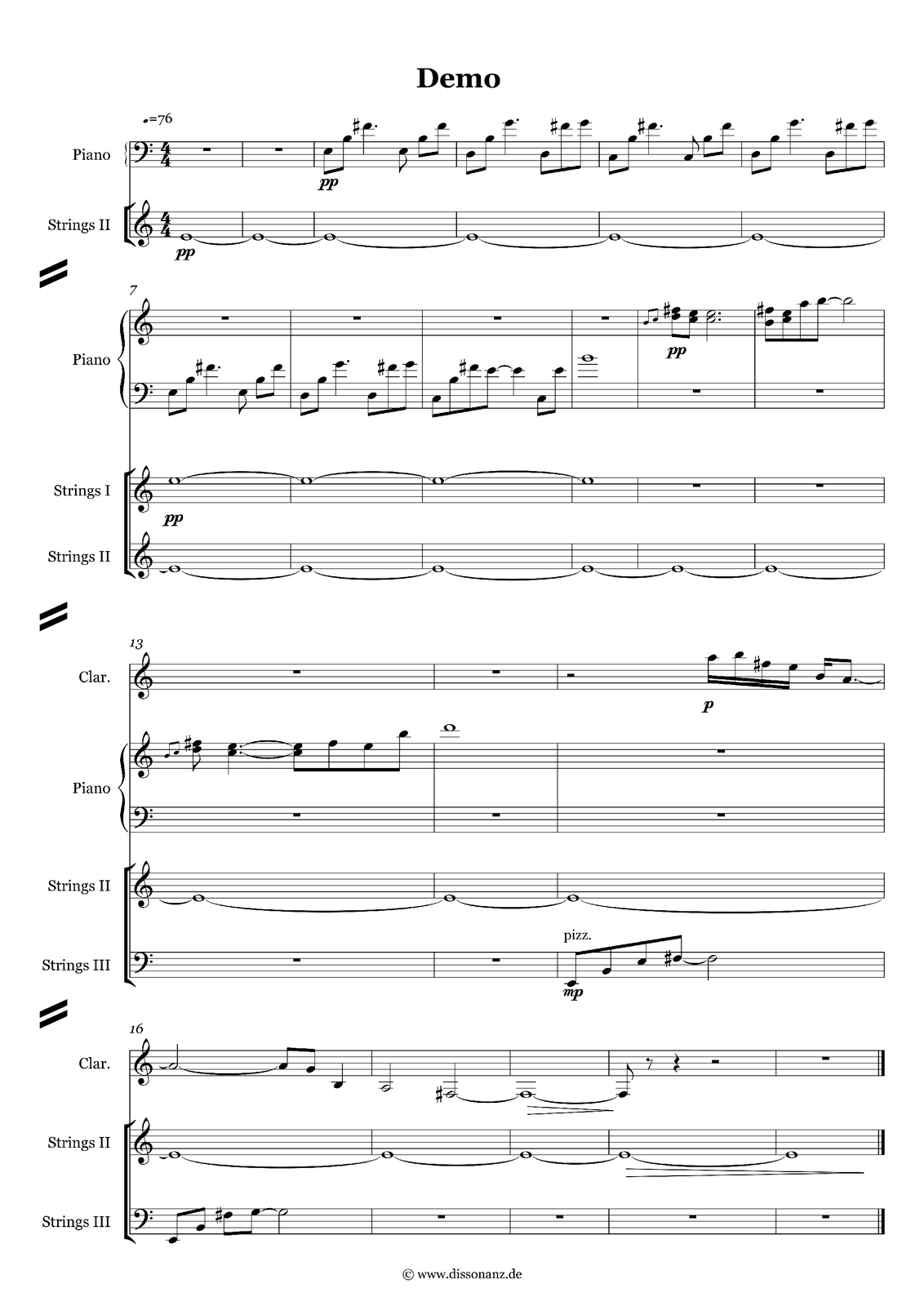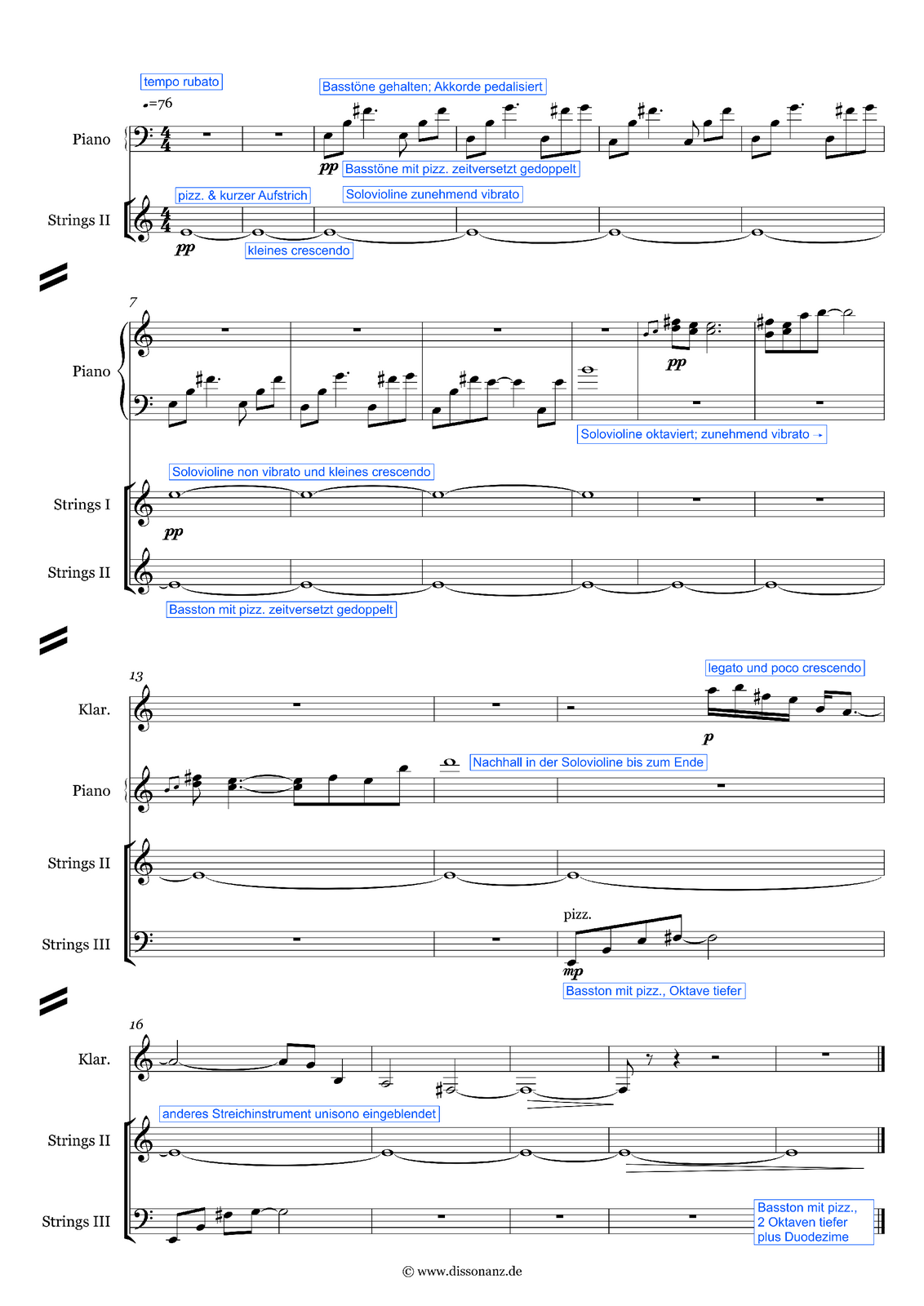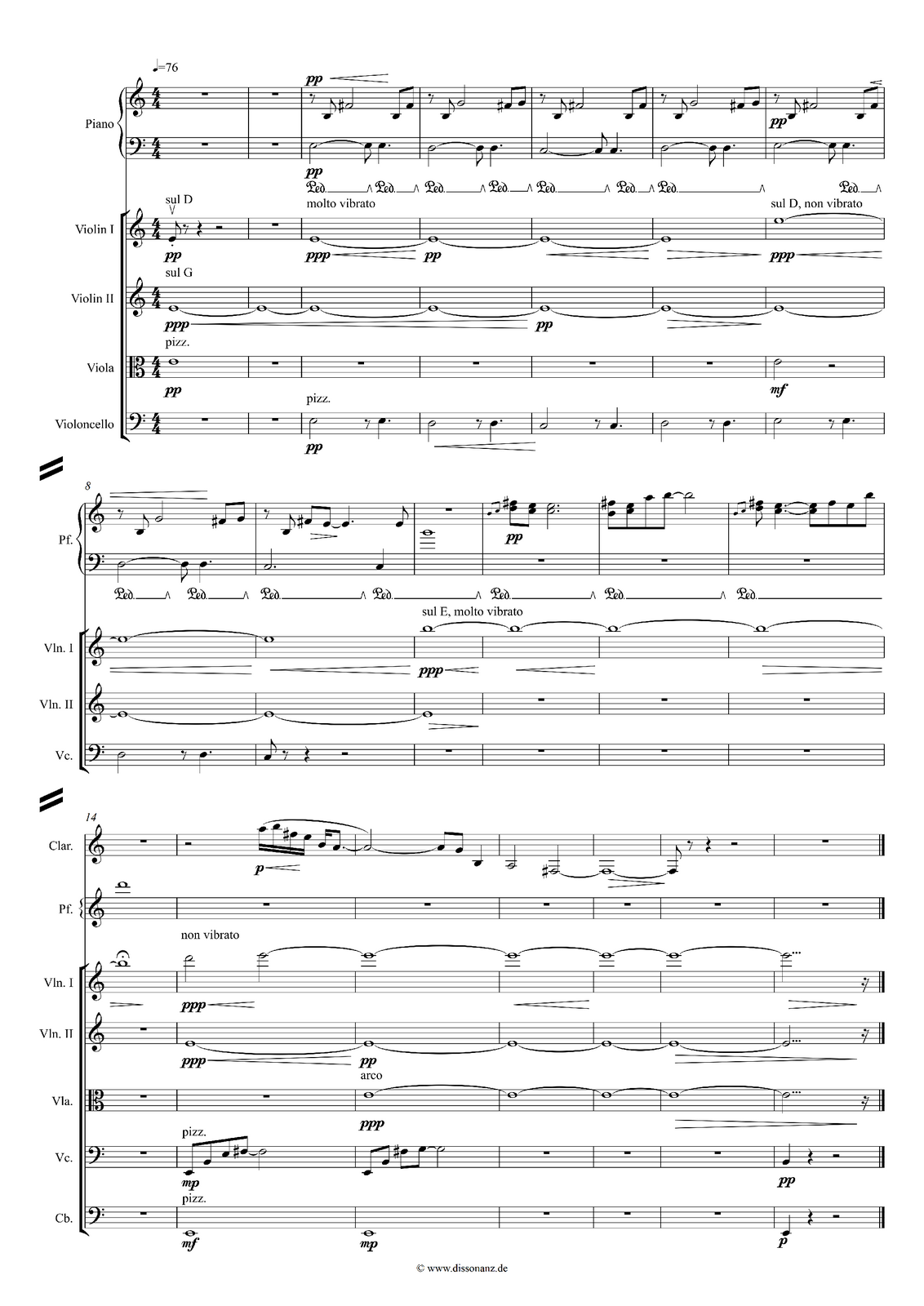The interaction between notation software and virtual instruments allows musicians to get scores to sound good long before the first rehearsal with live musicians or an orchestra. Ideally, this should prevent any nasty surprises during the live performance.
Does the notation correspond to the sound?
The moments of surprise have diminished, but not disappeared completely. Despite the amazing sound quality of virtual instruments, many productions suffer from sound deficits. This is usually not due to the musical material, style or mixing quality.
Do deficits have to do with the workflow?
Deficits often start with the handling of individual instruments or ensemble sounds and quickly add up. The quality of the music produced suffers. The variety of playing techniques and articulations offered by sound libraries encourages "trial and error" rather than conscious "selection" of timbres. Today's way of working has changed considerably compared to "traditional instrumentation".




 ]
]
